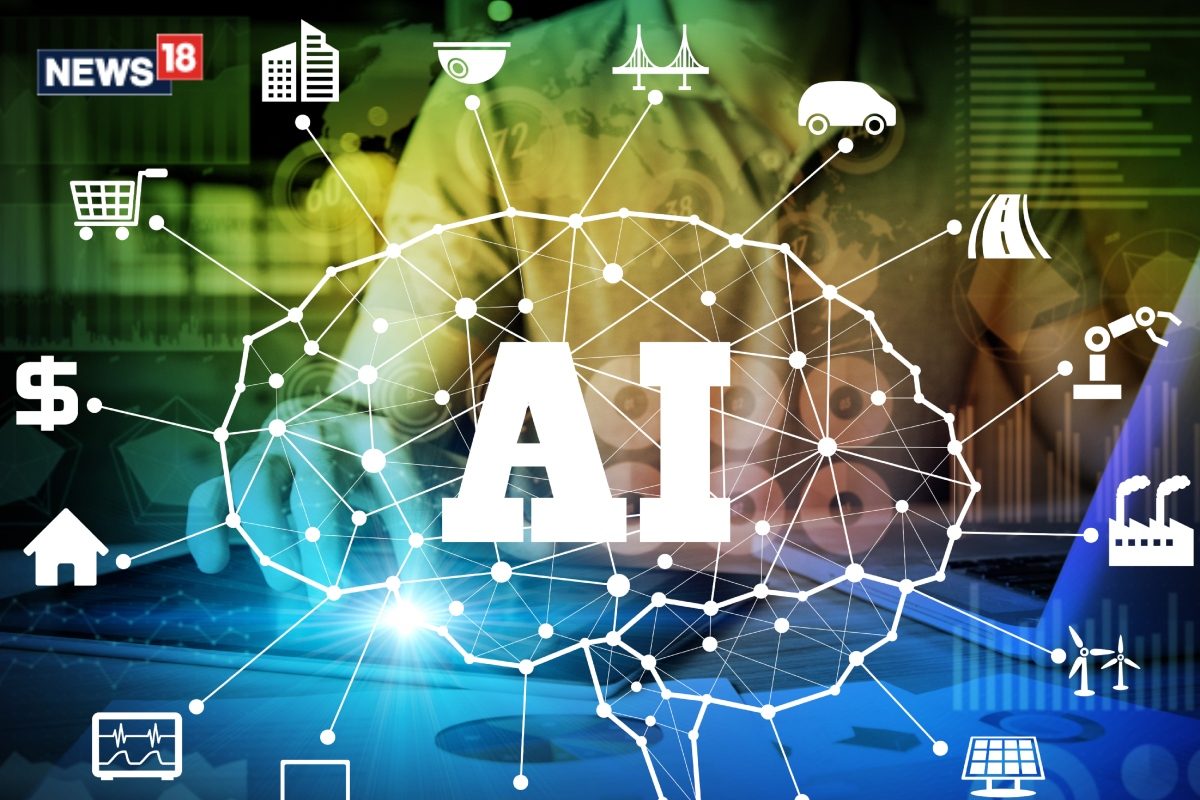
Technology has changed over the past few years and has advanced fast in interdisciplinary fields. It has not spared the field of education either. Among all the innovations presented in this field, it is crucial to highlight the appearance of AI applications, such as ChatGPT.
The Indian education system, which, given the heterogeneity of the educational environment and the large number of students in India, has received the positive effects of ChatGPT deeply and extensively. First of all, ChatGPT can be called a personal tutor. Since the program has been incorporated with a chatbot capable of answering queries in real time, students have a resource to extend their knowledge base greatly.
This is particularly valuable in a country where resources are well known to be a problem in certain areas. An NSO report suggests that only 31% of households in India are connected to the internet. However, for those who do, tools such as ChatGPT can help bridge the gap between the student and the quality of content to be learned.
Furthermore, ChatGPT is compatible with all topics and has been designed to adhere to different educational methods. By using the ChatGPT interface, a student who may be having difficulty with mathematics will have his or her query explained and illustrated, and several examples will be given to him or her to solve or practice on. This level of flexibility is especially desirable in a country where education is poor, and the format is standardised across different levels of schooling.
For instance, a survey by the Educational Development Trust revealed that 80 % of teachers posited that personalising the educational experience helps foster learners' engagement. Thanks to ChatGPT's capabilities, students can learn content at their own pace, running through the difficult parts time and time again if necessary. In addition to aiding students, ChatGPT is also a valuable resource for educators.
Teachers can use the AI tool to create lesson plans, develop quizzes, and generate supplementary materials. This not only saves time but also fosters creativity in teaching methods. According to a study by the Centre for the Digital Future, 63% of educators in India are open to integrating AI tools into their teaching practices.
As a result, ChatGPT can help enrich the classroom experience, making lessons more interactive and engaging. Furthermore, ChatGPT's accessibility can empower underprivileged students. In many parts of India, quality education remains a privilege rather than a right.
Using AI-driven platforms, students from rural backgrounds can access the same information and learning opportunities as urban students. This democratisation of knowledge can help level the playing field and potentially improve educational outcomes. However, integrating ChatGPT in education does come with its challenges.
Concerns about the accuracy of information and the potential for dependency on AI tools must be addressed. Students and educators must use ChatGPT as a supplementary resource rather than a primary source of information. In a survey by the Indian Institute of Technology (IIT), 70% of respondents expressed the need for proper training on using AI tools effectively.
Therefore, the future can be made easier by fulfilling all the roles and responsibilities of a teacher for the education system of India through one model, ChatGPT. Since more and more students and teachers are accepting the use of this technology, the near future of education in India is bright. Due to the population of more than 1,4 billion people, this AI can affect lives by creating a positive impact that could be measurable.
If what has been done here is utilised responsibly, this is an AI tool on which society could be built to be more educated and informed with fewer gaps. Gaps could be closed on the foundation of the concept of continuing education..














